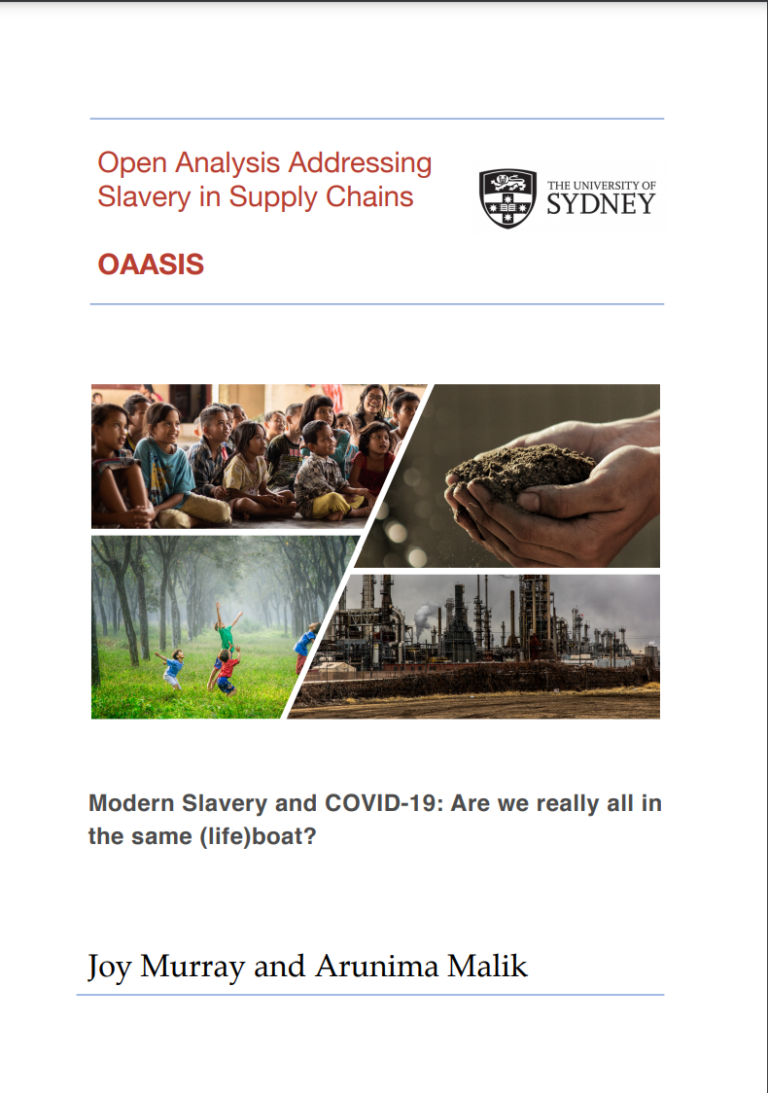The impact of COVID-19 on victims of modern slavery and vulnerable workers is dire. The COVID-19 pandemic is far from an all-in-the-same-boat situation. Its impact on the poor is and will continue to be, far greater than on the rich. Modern slavery victims are in danger of infection through unsafe accommodation, at the mercy of ‘employers’ who no longer need their labour because of supply chain disruption, or in the case of domestic workers made invisible to the outside world through lockdowns and isolation. For survivors there’s the prospect of shelters closing, support drying up, government offices shut. For refugees and migrant workers there are all the problems of crowded accommodation and lack of facilities as well as demonization and exclusion as ‘virus spreaders’. For women in the sex industry the closure of brothels in the lockdown leaves many without an income, stigmatized by their work and excluded from support services. Children are falling victim to child labour or sexual predators and teenage girls are at risk of early marriage as struggling families strive to reduce the number of mouths to feed. Below we draw on the work of NGOs, global organizations and the media to illustrate some of the issues in this shifting landscape. Our aim is to help inform a debate on the systemic flaws in global supply of goods and services and what can be done about them.

